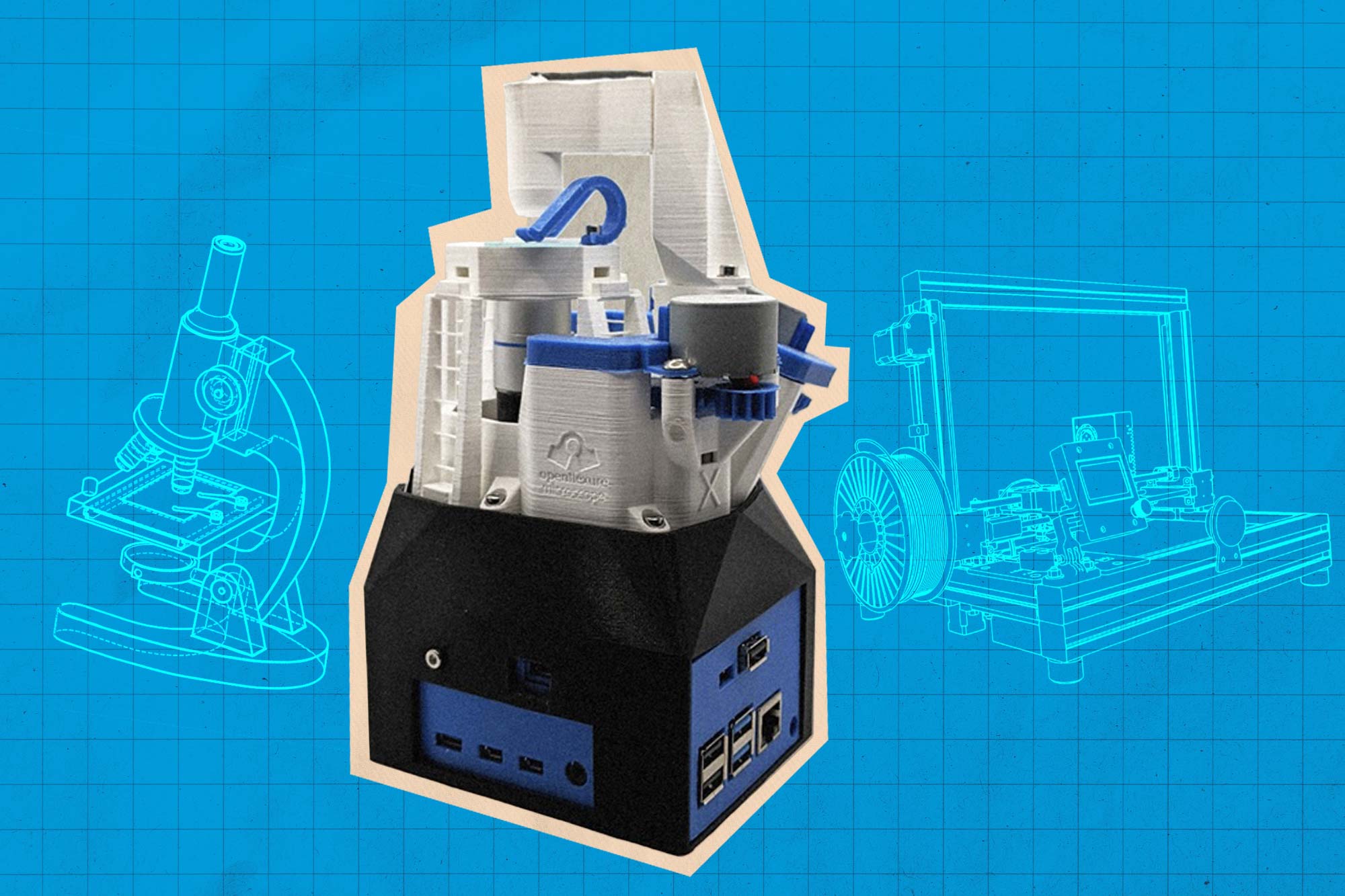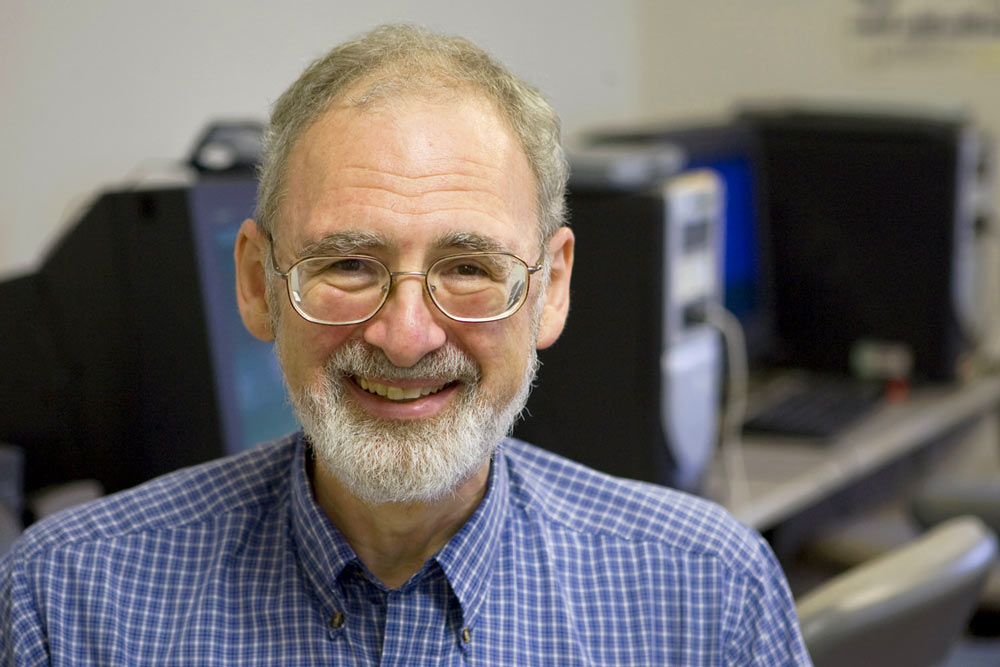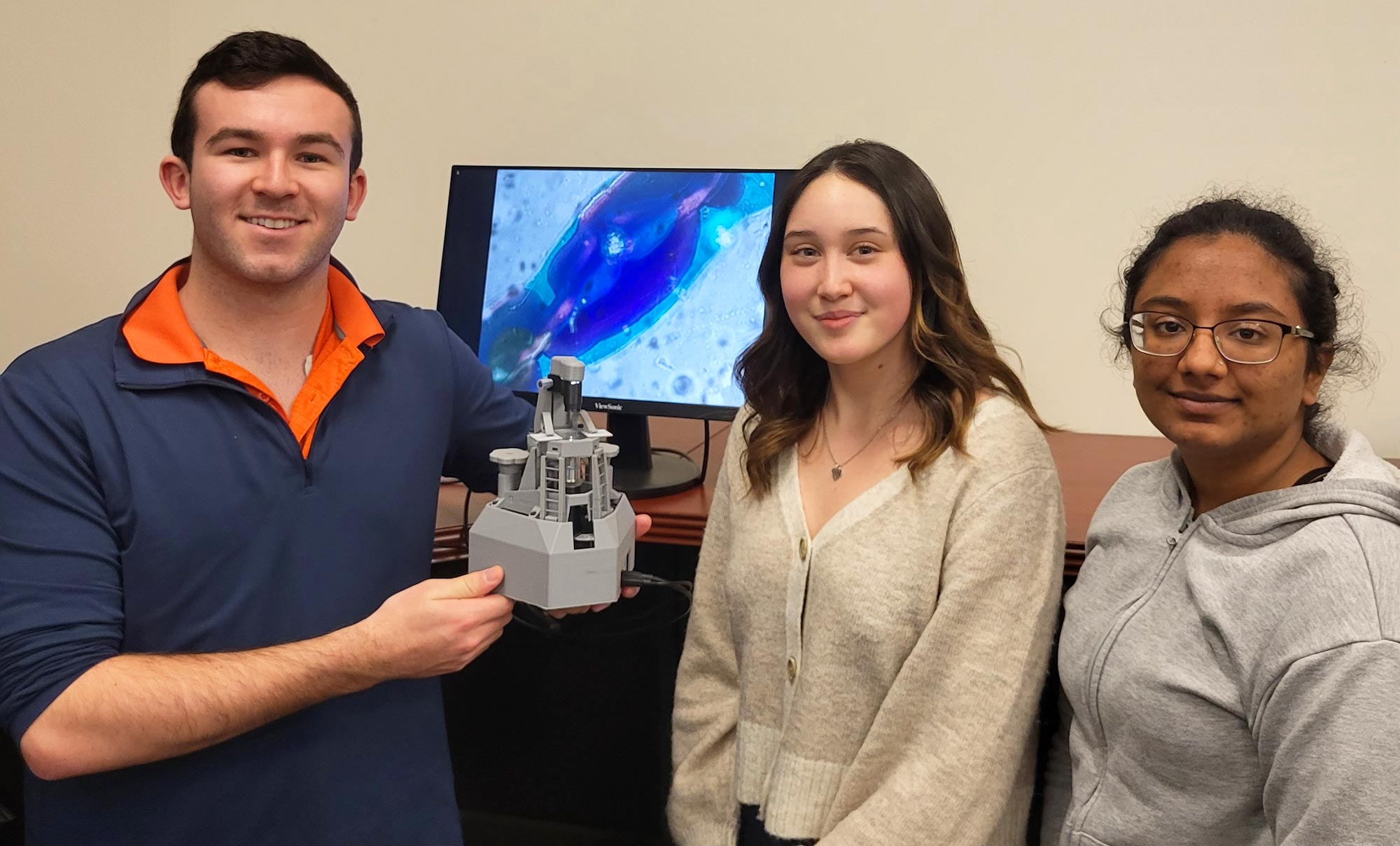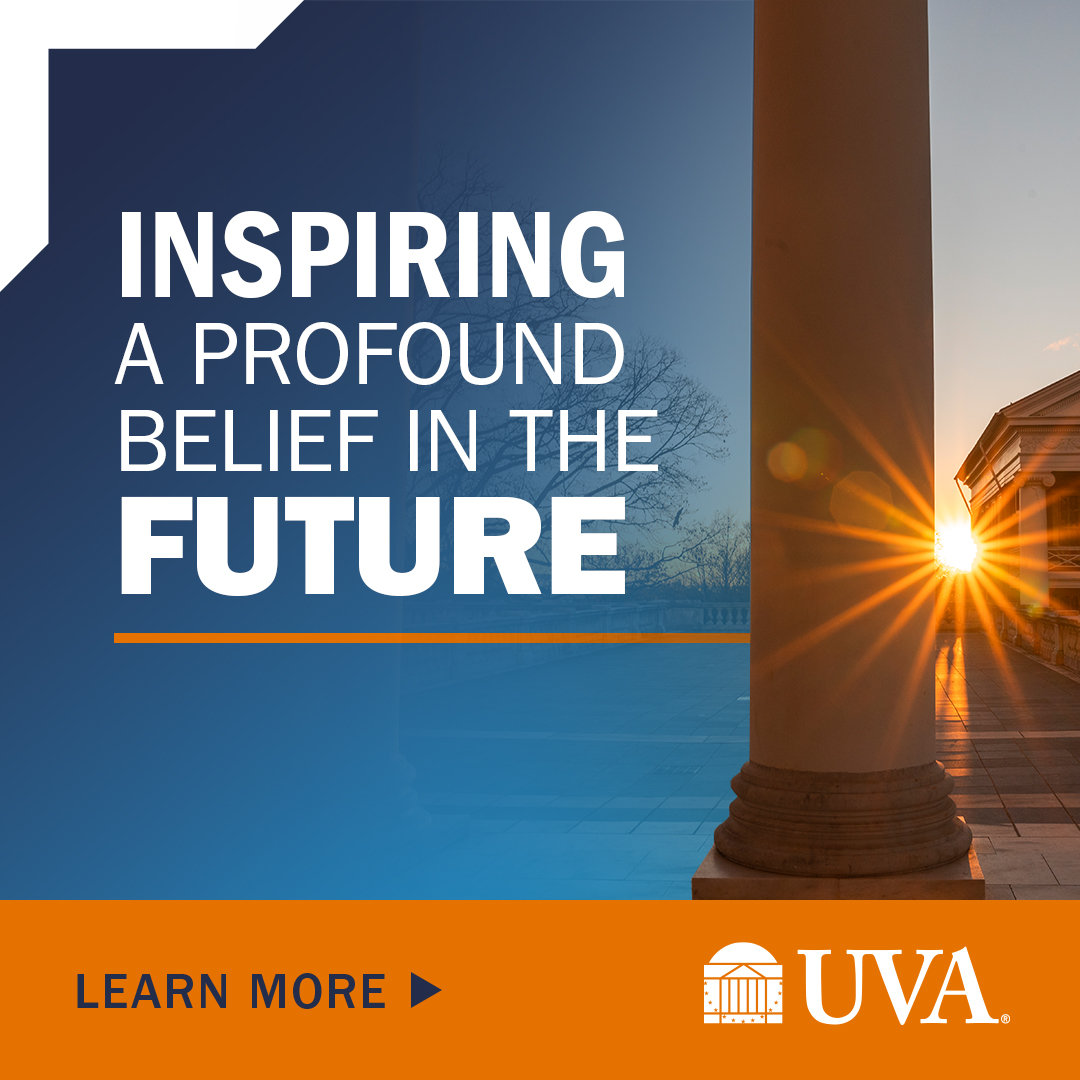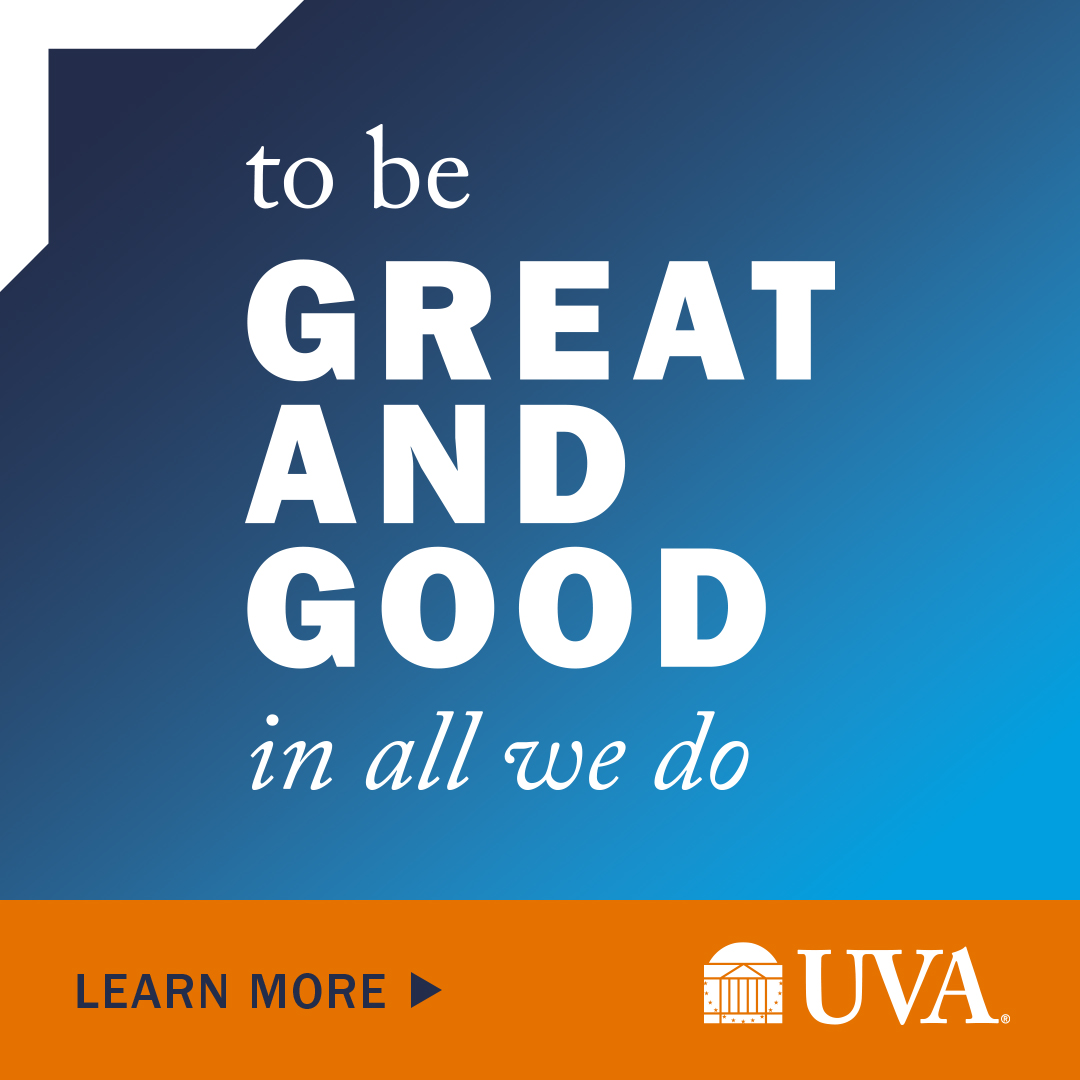With a seed grant from the Jefferson Trust and additional funding from the National Science Foundation, the team developed the Educational CAD Model Library. The library uses the peer-review process typically used for research journals to open hardware tools designed for K-12 schools.
Peer-reviewed designs in the CAD Library will make advanced scientific tools accessible to schools, including computer-controlled microscopes, colorimeters for biochemistry experiments, wave tanks for modeling wave phenomena, and electromagnetic apparatus for science demonstrations, Bull said.
For example, a team of UVA biomedical engineering students working in the UVA School of Education’s Make to Learn Laboratory is adapting the open-source OpenFlexure microscope to be included in the library.
The microscope is widely used in university research laboratories but needs adaptation for use in high school environments. The adapted version retains many of the attributes of the original design, but is less expensive and easier to replicate in schools’ maker spaces.
“This 3D-printed microscope can be fabricated at a significantly reduced cost in comparison to its commercial counterparts,” Bull said. “More importantly, the software can be customized to address local needs – something that is not always feasible for proprietary commercial instruments.”
UVA students who design and adapt tools, as well as the high school students who help build them, gain a deeper understanding of the scientific instruments.
“This is a great engineering design project that will have a tremendous impact,” said Shayn Peirce-Cottler, chair of the biomedical engineering department at the UVA School of Engineering and Applied Sciences.
After working on the project in the fall semester, the team finished a prototype ready for testing in schools. For that, they don’t need to go far.
Rachel Gibson, an alumna of UVA’s School of Education and an engineering teacher at Charlottesville High School, helped develop the CAD Library prototype during her time at UVA. This spring, Gibson’s engineering students at the high school will test the adapted microscope.
“This will be a great opportunity for students to grow their fabrication skills and learn how to give constructive feedback on the microscope project,” Gibson said. “It should allow them to learn about the inner workings of a microscope and how they can apply their current engineering skills to something that can have a direct impact in their school.”
The CAD Library is not limited to complex projects like the microscope.
“It also includes simpler yet equally powerful educational items, such as the Fraction Orange, a 3D-printed sphere developed by teacher education students at Montclair State University to aid in understanding mathematical concepts,” Bull said. “Exploring fabricated physical objects can lead to insights in ways that mathematical formulas and diagrams alone often do not.”
Rich Nguyen, an assistant professor in UVA’s Department of Computer Science, is providing oversight for a team of computer science students developing the CAD Library interface. Sherry Lake, the University’s scholarly repository librarian, advised the team on metadata standards development, providing a common language to describe objects in the CAD Library.
The collaboration extends beyond Grounds; the participating teacher educator organizations are providing editors and reviewers for each discipline. Educators from around the globe are contributing to the repository, including a mechanical wave machine designed to teach wave properties submitted by a teacher in Singapore.
“By providing open access to high-quality, peer-reviewed educational resources, the CAD Library not only provides an innovative approach to supporting the diverse learning needs of teachers and their students, but it also nurtures a responsive and inclusive approach to STEM education,” Bull said.
